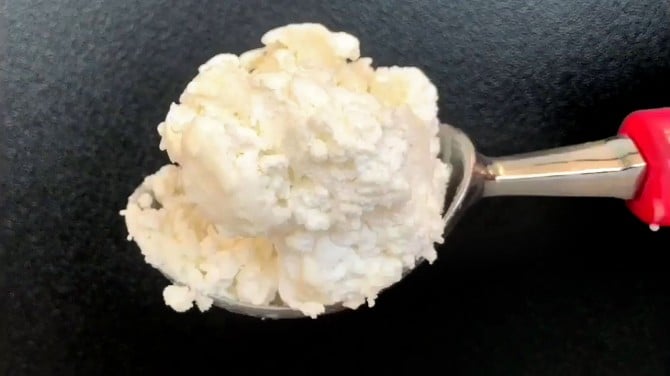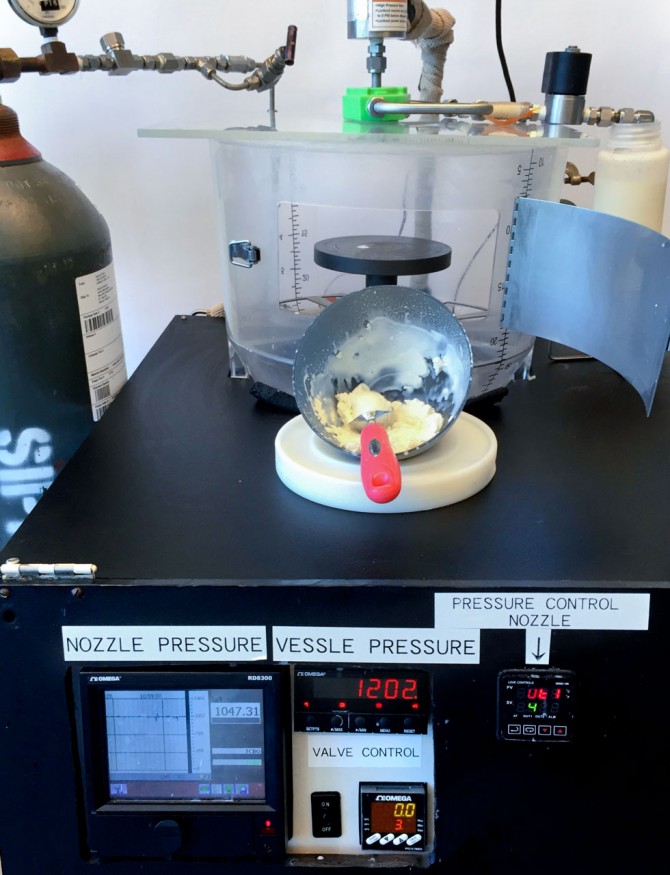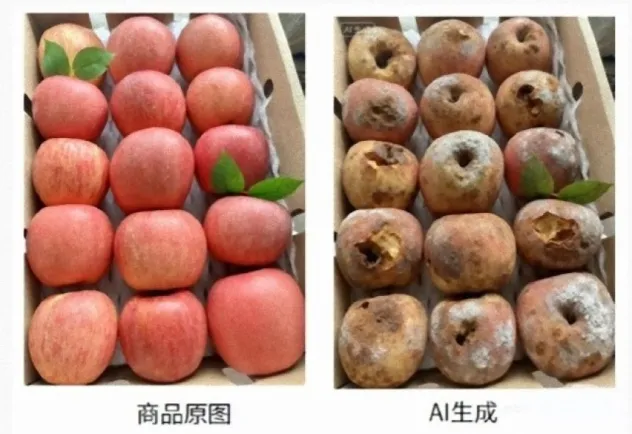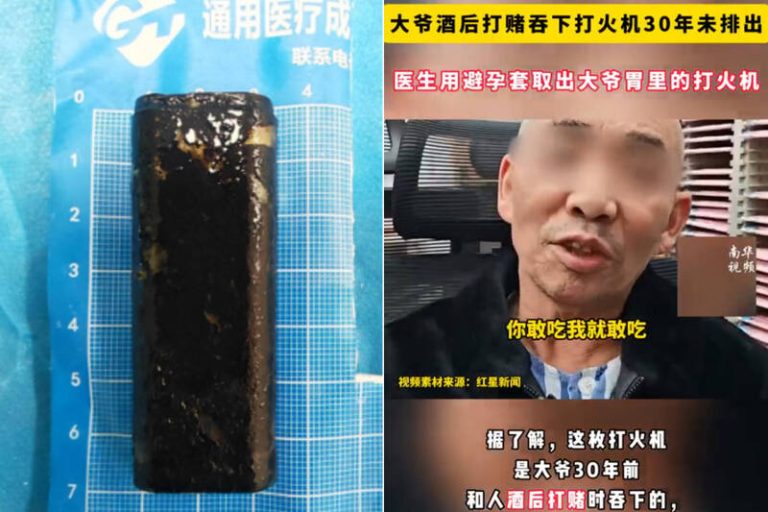Food scientists have created a machine that uses that uses pressurized carbon dioxide to turn a liquid ice cream mix into a cold, creamy treat in just three seconds.
The new way to create ‘carbonated ice cream’ patented by Syed Rizvi, professor of food science engineering, and Michael E. Wagner, Ph.D., is very different from traditional ice cream. The latter usually involves a dairy-based mix flowing through a heat-exchanging barrel until it starts to freeze, while the newly-patented method has highly pressurized carbon dioxide passing over a nozzle and drawing in the liquid ice-cream mix. When the carbon dioxide goes from extremely high pressure to a lower pressure, it instantly cools the ice cream mix to about minus 70 degrees C, turning it into the frozen treat we all know and love. This is known as the Joule-Thompson Effect.

Photo: Syed Rizvi/Cornell University
“It’s very simple, and this machine converts the mix into a scoop of ice cream in about three seconds,” Prof. Syed Rizvi explained in a press release. “The mix can be made commercially, locally or you can make it at home.”
Rizvi and Wagner built a prototype ice cream machine to show that their process actually works in real life, and if everything goes according to plan, we might start seeing commercially-available ice cream machines hitting the market in the near future. That means anyone will be able to make fresh ice cream in the comfort of their own home in just three seconds.
Carbonated ice cream may revolutionize commercial transportation as well, because it essentially removes the need for freezer trucks from the equation. Since the liquid ice cream can be flash-frozen on location, you don’t really need to keep it frozen at minus 20 degrees Celsius for long periods of time.

Photo: Syed Rizvi/Cornell University
To make up for failing spots in the cold-temperature transportation chain, ice cream makers rely on various emulsifiers and stabilizers, but this new way of making instant ice cream guarantees a “clean” product, as there is no longer a need for such additives.
The two food scientists explain that their new method can be used to make slushies out of soft drinks, or even carbonated ice out of plain water. It essentially works with any liquid drink that can be partially frozen.












